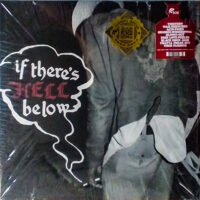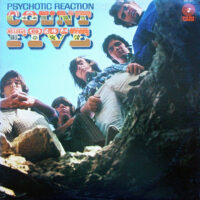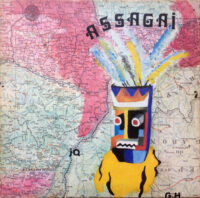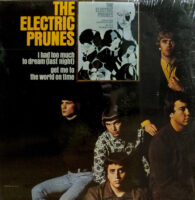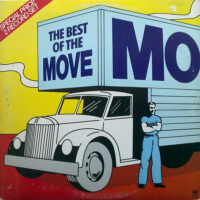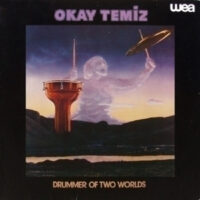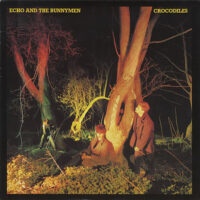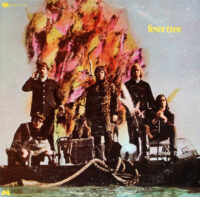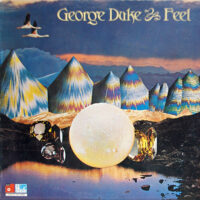I bought Crocodiles the week that it came out and it quickly established itself as one of the definitive albums of my freshman year of college at Michigan State University. While 1981’s Heaven Up Here was my favorite LP by Liverpool psych-rock quartet Echo And The Bunnymen for a long time, Crocodiles has since usurped it—in part because it’s prototypical young person’s music. Listening to it 45 years later brings back all the adrenalized thrills and existential confusion that coursed through my 18-year-old body and mind. Hey, sometimes nostalgia has its benefits…
Throughout the first half of the ’80s, Bunnymen singer/guitarist Ian McCulloch regularly declared his band to be the world’s best to a hungry UK music press, and he wasn’t too off base. Mac, guitarist Will Sergeant, bassist Les Pattinson, and drummer Pete de Freitas certainly burst out of the gate with authority on Crocodiles, which has nary a dud.
The record drew plenty of Doors comparisons upon its release, mainly due to McCulloch’s often stentorian vocals and cryptic, romantic poetry. But the Bunnymen’s psychedelia shined harder, stung more sharply, and it came with a post-punk grittiness that contrasted with the Doors’ more florid, jazzy approach. Now, I like the Doors, but I think the Bunnymen’s first four albums have a higher percentage of sublime songs on them the Doors’ first four.
Speaking of sublime songs, album-opener “Going Up” ranks as one of the Bunnymen’s greatest. An intro of spacey fx leads into a fade-in of heroic psych rock worth more than an arena full of U2s. When Mac bellows, “Let’s get the hell out of here/Going up, going down,” that’s the cue for the band to soar out of Earth’s atmosphere into deep space in the song’s second half. Shoot these two minutes of music into my veins. “Do It Clean” achieves another peak in which the group go in search of the ultimate rush and then achieve it… with the scathing rock song that you’re hearing. The line “I’ve been here, there, everywhere/Here, there, nowhere” epitomizes the young person’s frantic mindset while treating their brain like a science-class experiment.
Switching up the pace, the Bunnymen achieve that rare thing with “Stars Are Stars”: the intriguing power ballad; it’s one of their most poignant tunes. With its caustic guitars and pugilistic rhythms, “Pride” whiplashes the listener like 1980-era Gang Of Four. This is a gripping, tormented song in which the protagonist deals with contradictory voices hoping for him to fail or to prove himself worthy by doing something his family members can’t do. More urgent post-punk that’s as serious as your life follows on “Crocodiles.” Here, Echo sound lean, hungry, and ruthless, hell-bent on becoming an important tile in rock’s vast, beautiful mosaic.
“Monkeys” and “Rescue” exemplify the Bunnymen’s enchantingly spectral take on psychedelia. The radiantly chiming “Rescue” stands as one of the best self-deprecating songs ever, capturing the seductiveness of falling into a slump and not living up to your potential, the long, gradual descent into dejection. Mac: “I’m jumbled up, maybe I’m losing my touch/You know I didn’t have it anyway/…Is this the blues I’m singing?” In a manner of speaking, yes.
On Crocodiles‘ final three songs, beginning with “Pictures On My Wall,” things begin to turn dark. The Bunnymen proved themselves to be masters of the morose, but without a trace of hokeyness. They evoked ominous auras with great subtlety and artfulness. “All That Jazz” and “Happy Death Men” obliquely hint at apocalyptic destinies—or, the latter may be a veiled tribute to Joy Division and their ilk. Whatever the case, the Bunnymen—who were in their early 20s when they recorded Crocodiles—possessed wisdom and poise beyond their years, creating one of rock’s most thrilling debut LPs. -Buckley Mayfield
Located in Seattle’s Fremont neighborhood, Jive Time is always looking to buy your unwanted records (provided they are in good condition) or offer credit for trade. We also buy record collections.
